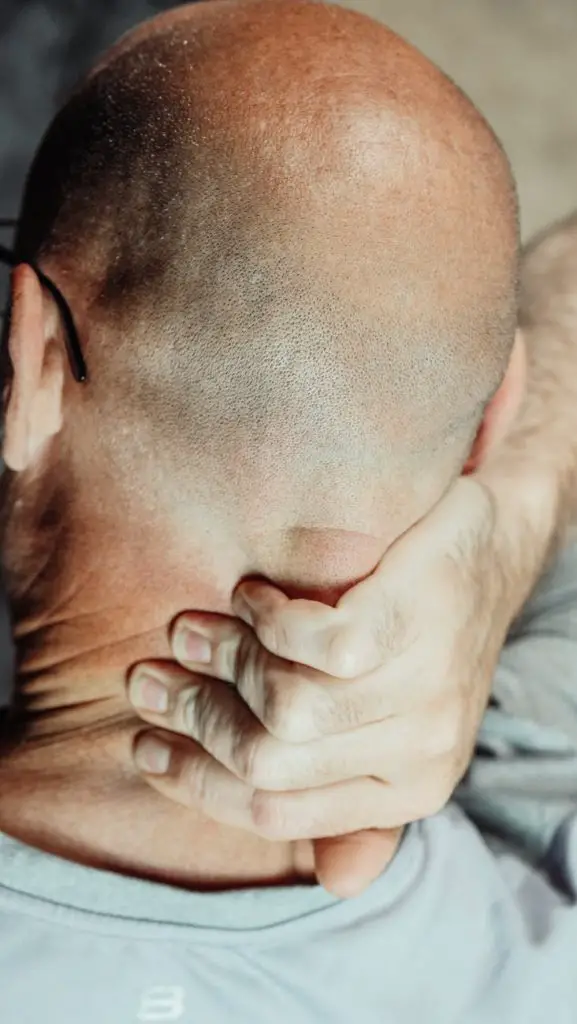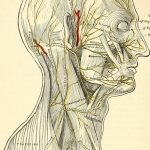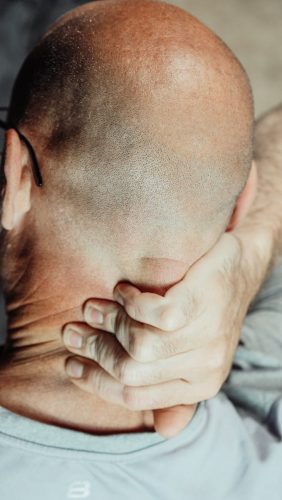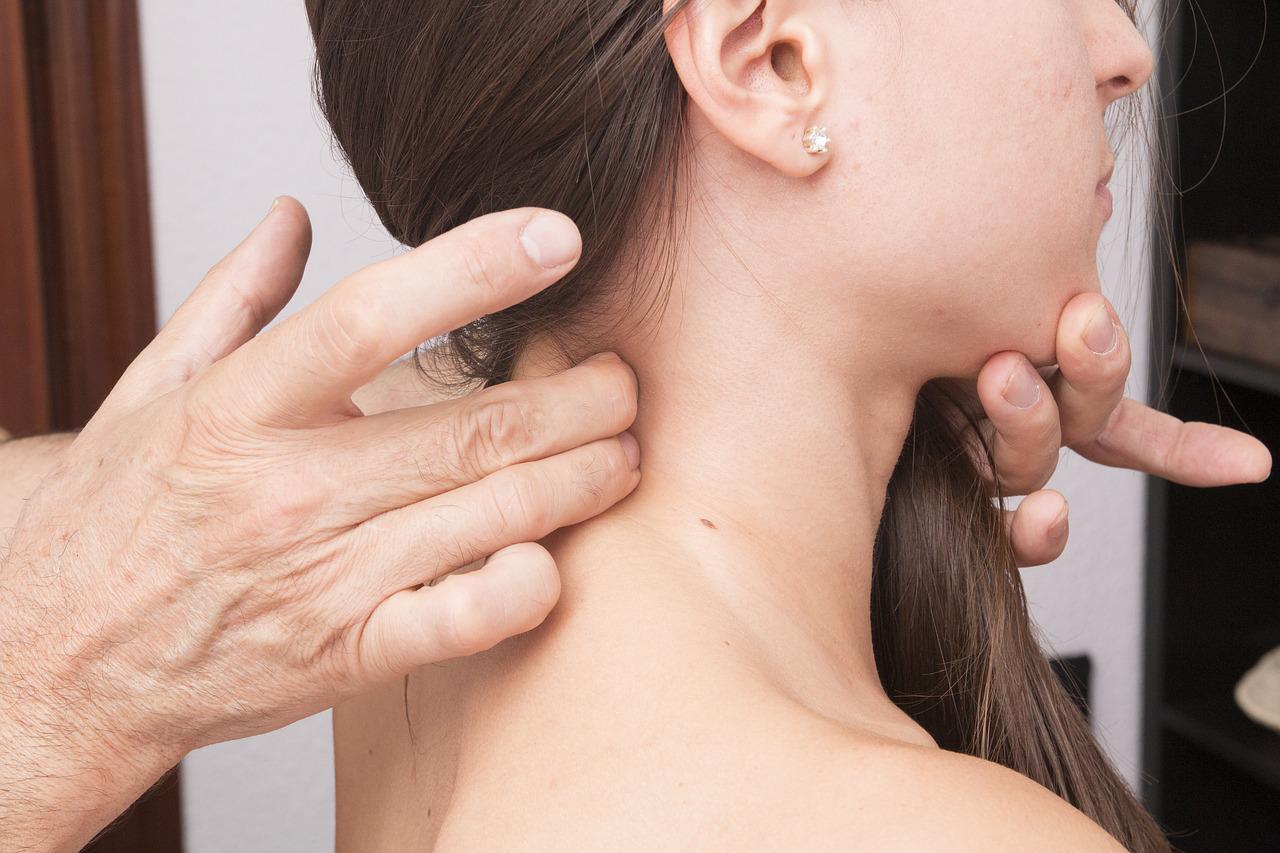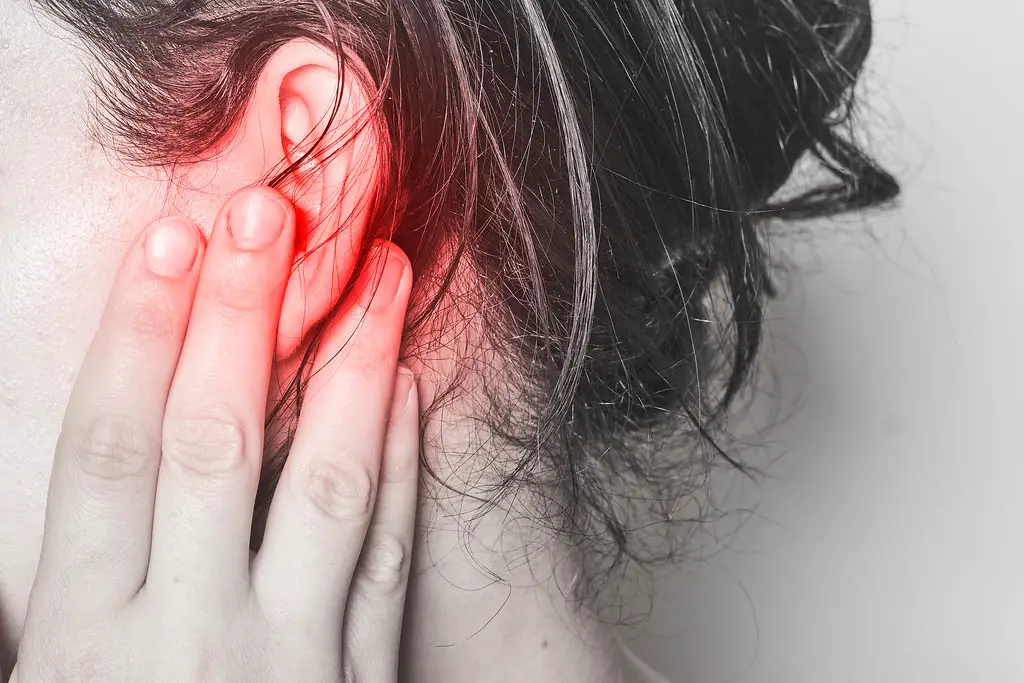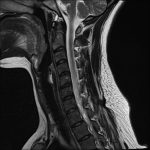Arnold's neuralgia is a neurological disease marked by burning neck pain that can radiate to the head. The evil is felt at the level of half of the neck, behind the head; and it is accompanied by burning, tingling and dizziness. In some cases, it will be necessary to do an infiltration to relieve the pain.
This article will precisely focus on this method of treating Arnold's neuralgia.
Arnold's neuralgia in a nutshell
La Arnold's neuralgia results in pain of nervous origin. It is related to the compression of the greater occipital nerve called Arnold's nerve. This nerve innervates the anterior muscles of the neck, providing it with a motor reflex. It acts as a sensory nerve in the scalp.
The causes of this disease are varied.
- A neck sprain, which is responsible for trauma to the occipital nerves.
- A contraction of smooth muscles.
- A tumor affecting the ventral branches or the C2 and C3 nerve roots.
- Inflammation of blood vessels.
- Joint and bone diseases.
To treat it, we must intervene on the causes. This can be done through medication, physical therapy (physiotherapy) and natural treatments.
However, thanks to the evolution of the techniques ofmedical imaging, it is now possible to make a targeted infiltration. It is a sustainable method of treatment.
If you want to know more about Arnoldalgia, you can read this article.
How does nerve infiltration occur during Arnold's neuralgia?
What is occipital nerve infiltration?
THEinfiltration for Arnold's neuralgia is a therapeutic technique that involves injecting medication into Arnold's nerve. Here, the doctors notably use a mixture of cortisone and local anesthesia.
The intervention is performed under the scalp and targets the contour of the nerve.
The aim is to reduce the inflammation of the nerve and that of the surrounding tissues. This will relieve pain in addition to other symptoms of the disease.
Local anesthesia decreases pain and spasm of the cervical muscles. It returns an immediate effect that lasts several hours and gives a sensation of heat and numbness to the scalp.
Cortisone, on the other hand, fights tissue inflammation. This medication is likely to create temporary irritation, even severe pain in the days following an infiltration. The therapeutic effects of this medicine begin to be felt within 2 to 10 days after the injection.
How is the intervention carried out?
Eventually, the infiltration method is practiced on the occipital part which is more accessible and insensitive. During the intervention, the actions of the radiologist are guided by images from a scanner.
The results of the injection begin to be felt gradually. The method permanently heats the nerve by radiofrequency.
The duration of infiltration treatment is done on a long-term basis and the number of injections varies depending on the patient's case.
The amount of cortisone received by each patient must also be balanced and cannot go beyond 3-4 infiltrations in a year. This precaution is established, because the body does not tolerate a high content of cortisone. An excess of this drug will generate a side effect.
What to do after an infiltration of the occipital nerve
During the first day after the injection, the patient may feel some discomfort which will easily disappear.
- A small bump due to the accumulation of injected drugs will appear. This does not need to be removed, as it will quickly disappear on its own.
- The patient will feel tenderness in the area of the injection. You just have to apply ice to it for 5 to 10 minutes and then repeat the action every 3 hours. Simultaneously, take 1 or 2 analgesic tablets such as paracetamol every 4 or 6 hours on demand. The tablets taken should not exceed 3g/day.
- In the presence of numbness in the scalp, it is necessary to avoid applying heat such as a hot water bottle, a hot shower… The patient can however take a shower.
- Avoid the bath, the spa and the swimming pool in the 24 hours which follow the intervention.
After one Arnold's neuralgia infiltration, the patient must be vigilant and must continue taking the medication. He must monitor his condition and alert his doctor if the injected region shows signs of inflammation associated with a fever above 38°C.
The patient is encouraged to do a gentle activity the day and the day after the procedure. For example, he can read books and listen to music.
For people with diabetes, it is crucial to monitor blood sugar and follow the doctor's recommendations.
As for the other therapeutic follow-ups such as kinesitherapy (physiotherapy), massage therapy, etc., they can begin after 3 to 7 days from the injection, or as indicated by the attending physician.
After 4 or 6 weeks, an appointment should be made with the attending physician for a check-up.
References
https://sante.lefigaro.fr/article/comment-soulager-les-maux-de-tete-rebelles-/

